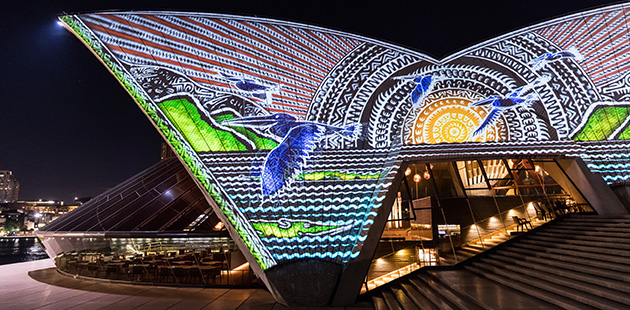 The Australia Council for the Arts has released updated Protocols for using First Nations Cultural and Intellectual Property in the Arts – addressing key legal, ethical and moral considerations for the use of Indigenous cultural material in the arts.
The Australia Council for the Arts has released updated Protocols for using First Nations Cultural and Intellectual Property in the Arts – addressing key legal, ethical and moral considerations for the use of Indigenous cultural material in the arts.
Australia Council Head of First Nations Arts & Culture Patricia Adjei said the protocols are designed to promote greater understanding.
“Australia’s unique First Nations artistic and cultural expression is deeply and firmly connected to over 75,000 thousand years of heritage and continuing practice and its uniqueness has been recognised both within Australia and internationally,” she said.
“The protocols are an essential resource that promote self-determination and provide a guide for best practice for anyone working with First Nations artists or within the First Nations arts and cultural sector,” said Ms Adjei.
Report author and solicitor Dr Terri Janke said the protocols endorse the rights of Indigenous people to their cultural heritage and support diverse First Nations creative practice.
“While works by individual artists are protected by copyright, Australia does not yet have a law that prevents alteration, distortion or misuse of traditional symbols, songs, dances, performances and story that may be part of the heritage of particular Indigenous language groups,” she said.
“This is where the Australia Council for the Arts’ Protocols for using First Nations Intellectual and Cultural Property in the Arts comes in. The protocols provide a pathway for collaborations and creation of new Indigenous work.” said Dr Janke.
Australia Council funded artists and organisations are required to comply with these protocols as a condition of funding. However, the protocols are also a useful resource for anyone working with First Nations artists or within the First Nations arts and cultural sector. Previous editions of the protocols have proven to be a useful resource in international context.
The protocols include case studies to demonstrate how the protocols may be put into practice including insights from the work of Tara June Winch, Jonathan Jones. Diann Lui (Erub Arts), Magabala Books, NORPA, West Australian Ballet and Jessie Lloyd.
First published in 2002 and revised in 2007, the latest edition consolidates what was previously five guides into one and is updated to reflect current practice. For more information, and to download a copy of Protocols for using First Nations Intellectual and Cultural Property in the Arts, visit: www.australiacouncil.gov.au for details.
Image: Sydney Opera House, Badu Gili – Artist: Alick Tipoti / photo by Daniel Boud
